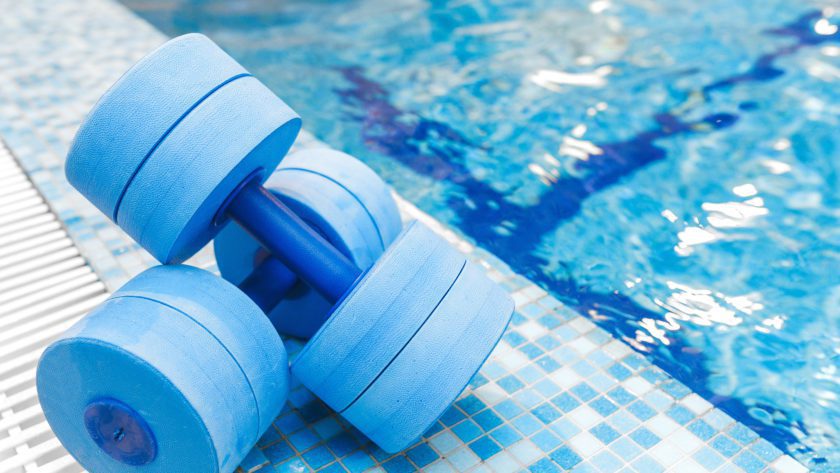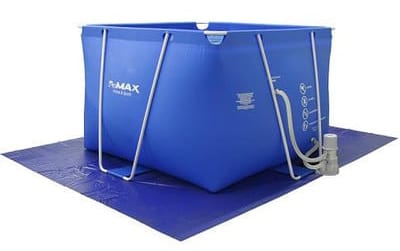In our previous health segment on osteoarthritis, Managing Painful Joints When Gyms Aren’t an Option, we talked about the disease and a few ways to manage it. Osteoarthritis is a degenerative joint disorder that affects 20 percent of Americans and 80 percent of people over age 55. Because osteoarthritis can be extremely painful, it can impair the quality of life and lead to significant disability. To continue on this topic, here are more ways to manage osteoarthritis symptoms during a COVID-19 era.
The Vulnerable Joints
It’s essential to protect joints to minimize further damage yet maximize their use, mobility, function, and longevity. All joints are susceptible to wear and tear, damage, and arthritis — particularly joints in the hand, hip and knee. Knee arthritis is one of the five leading causes of disability in older men and women.
Managing Osteoarthritis
The most recent (2019) guidelines per the American College of Rheumatology and Arthritis Foundation for management of hand, hip, and knee osteoarthritis (especially those who are overweight or obese) are exercise and weight loss. Recommendations for core treatment are to exercise as often as possible — regardless of age, other conditions, pain severity or disability.
The Best Low-Impact Modality
Swimming pools or therapy pools are the best low-impact modalities for osteoarthritis and pain management. Since the water naturally supports body weight, it minimizes the load on joints. But the closure of gyms, swimming pools and parks, and limited use of open spaces to promote social distancing means that osteoarthritis patients must keep moving and exercise at home or close to home.
Personal Therapy Pool
Personal therapy pools are available and provide a safe, personal, and compact option for managing joint pain at home.
- Above the ground
- Compact and portable at 9’ x 9’ (small enough to fit in a garage or basement in the winter).
- 4-1/2 feet deep
- Price: starts at around $1,300 (FitMaxiPool.com)
- Material: multiple layers (up to 5 layers) of river rafting material with galvanized steel frame
Underwater Fitness Training Equipment
- Flotation belts and aquatic weights, such as aquatic dumbbells (made from foam and plastic instead of metal). They’re light out of water but heavy in water due to the water’s resistance. Water weights provide resistance that will increase muscle strength and range of motion. You can get an excellent cardiovascular workout that burns calories, improves cardiorespiratory fitness, and helps with reducing body weight.

- Aquatic Treadmill (for aqua walking and jogging)
- Aquatic Bicycle
- Aquatic Elliptical
![]() Karen’s Fit Tip: The body’s skin temperature is 91 degrees, so a higher water temperature (90 to 95 degrees) is ideal for pain relief and restorative exercises, but it’s too high for swimming or exercising.
Karen’s Fit Tip: The body’s skin temperature is 91 degrees, so a higher water temperature (90 to 95 degrees) is ideal for pain relief and restorative exercises, but it’s too high for swimming or exercising.






